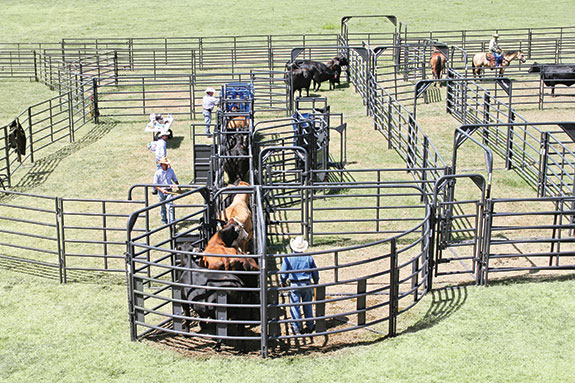
There is a lot of routine work that goes on, on a farm. That is work that the farmer and the worker do every day to care for the animals and sometimes to harvest products of the animals such as feeding cows and milking them routinely. To do most of the routine work on a farm it is necessary to come into contact with the animal or handle them.
Routine Procedures
The following procedures will take place routinely on most farms:
- Moving the animals from one point or camp to another.
- Counting, sorting, transporting and housing the animals.
- Branding, tattooing or applying other identification marks to animals.
- Grooming/washing of animals.
- Harvesting of animal products such as milk, wool and mohair.
- Breeding females.
- Castrating of mules operation in sheep.
- Perinatal care and foster rearing of young animals.
- Administration of health care products such as drenching and inoculating.
- Caring for the hooves of farm animals.
Situations a Handler Needs to be Aware Of
Driving animals from one place to another can stimulate defensive behaviour if the animal feels threatened in the process of being moved.
When you have confined animals in a crush to administer medication such as dosing, injections and inoculations, you should expect resistance and defensive reactions because the animals are confined and feel threatened.
Defensive behaviours will most certainly occur if you intrude too closely into the young animal. The mother (and sometimes also the father) will defend the young.
Threats caused by other animals may also stimulate defensive behaviour.
Similarly, loud sudden noises or sudden movements can also scare animals to defend themselves.
When an animal has repeatedly been hurt through beating, whipping or prodding, then it may react aggressively to a person holding a whip or a stick.
When males are in a rut they are particularly aggressive.